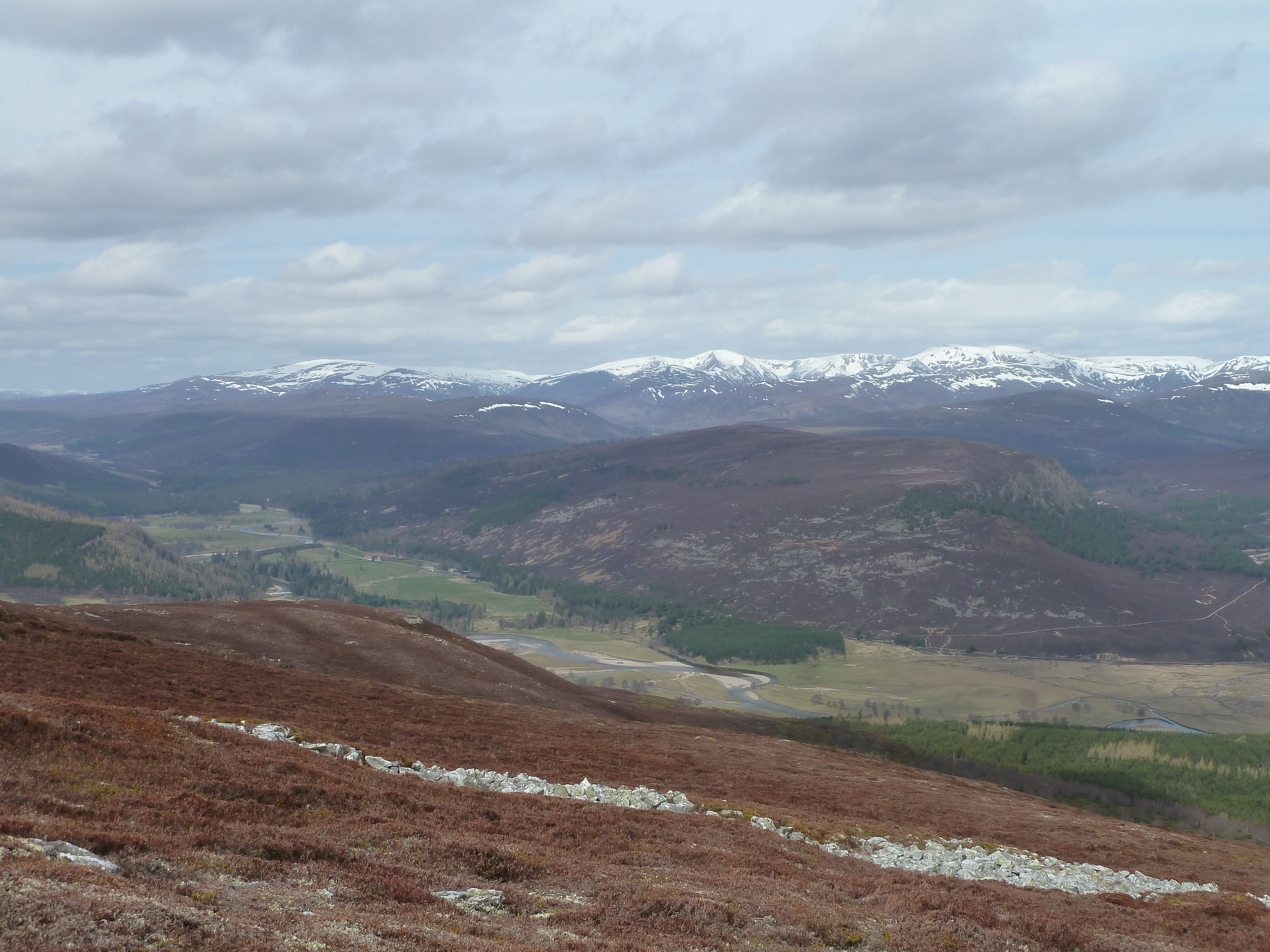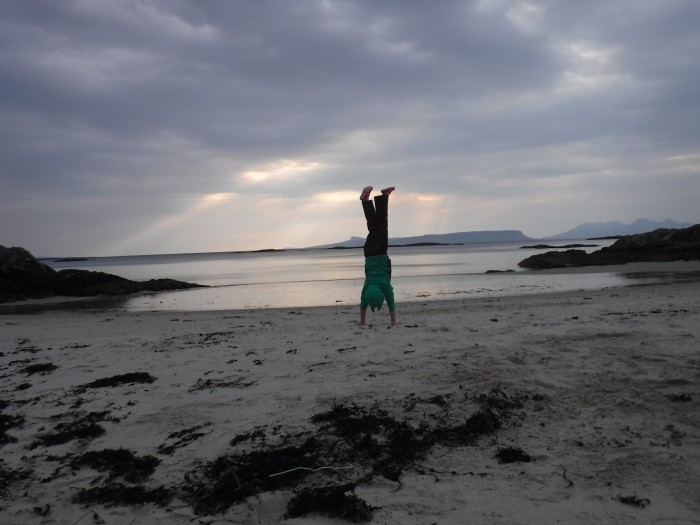A strategic plan for the land: helpful, or even possible?
How can we develop a strategic approach to managing complex land use systems to develop a unified vision? Rob Brooker explores the latest developments in Scotland.

I must be getting older because I seem to spend more time in meetings and less time outside measuring things. If you’re involved in meetings some simple tricks can make you appear really engaged. First, check the minutes of previous meetings for spelling mistakes or grammatical errors; this makes it look as though you’ve read the minutes and puts other attendees on edge. Second, ask the question “What is it that we’re trying to achieve?” Deceptively simple, it’s strange how often this is not clear, and surprising how much benefit can be derived from trying to address it.
When working on a recent paper on plant competition, David Robinson brought up Bertrand Russell’s point that “Everything is vague to a degree you do not realize till you have tried to make it precise”. For any activity it’s worth asking what it is that we’re actually trying to achieve. This helps to highlight (and then manage) internal conflicts, focus activity, and make efficient use of limited resources (including time). As a good example of this, the Scottish Policy Group (SPG) recently undertook a strategic planning exercise, the report from which has been circulated to SPG members for comment. We think this will help to give us some clear aims, both for near-term activities and longer-term planning, and to map our work onto the wider policy aims of the BES. Given the benefits of defining what it is we’re trying to achieve, we might assume that such an approach would be applied to national-scale management of complex land use systems. But is this the case?
A land use strategy for Scotland
The Scottish Government recently published the revised Land Use Strategy (which, for ease, I’ll call LUS2). The original LUS1 provided “a policy agenda for all land in Scotland and set out a direction of travel towards a more integrated and strategic approach to land use”. Building on this, LUS2 tries to tackle what are perceived as the key issues for the period 2016-2021. Overall, the LUS documents aim to deliver coordinated policy development and sustainable land management action on the ground, and to provide a long-term vision for sustainable land use. However, neither document – as far as I can see – seeks to set out a vision for what the end point should be: what is it that we’re collectively trying to achieve?
One of the key issues in delivering such a collective vision is perhaps the number of demands being placed on land. The concept of expressing our environmental impact in terms of the number of Earths we’d need might be adapted to environmental wish lists. How many Scotlands would we need to meet the demands of the various stakeholder groups who feel they should be consulted? Do we have four Scotlands of desires, but only one Scotland for delivery purposes?

On this basis then, compromise is obviously going to be necessary, simply because we can’t fit it all in. The amount of compromise is going to be dependent on the scale of decision making. I am king in my own garden, although only the back garden; woe betide unregulated pruning out the front. Land managers can make decisions at larger scales, but these then can impact on delivering the wishes of other stakeholders, generating resentment and conflict. And this is not simply a problem with farming and the management of game species. I wonder, for example, whether some of the new proposals about rewilding might also be headed in the same direction. In the UK it’s not necessarily that the proposals are inherently bad, but human nature seems to balk at imposition; is there a risk that some rewilding plans might be seen as a new form of land-management imperialism?
Practical tools for compromise and collaboration
Recent projects have started to address how the compromise necessary for developing management visions for large areas of land – with multiple land managers – might be delivered. Nils Bunnefeld kindly pointed me towards the Marxan tool which aims to provide decision support for conservation management planning, including dealing with the challenges of stakeholder engagement and managing compromise. Operating explicitly in Scotland, the Regional Land Use Pilots (RLUPs, which – said quickly – makes me think of a small town somewhere in the Low Countries) have also started to work on this process. Their aim was to “to consider land use in a collective and integrated way and to explore land use choices which would deliver multiple benefits”. Operating in Aberdeenshire and the Borders, they have gone a long way to exploring land use choices with a wide range of local stakeholders in the target areas. The tricky bit might then be moving from discussion to implementation; as the final report on the Aberdeenshire project drily notes “the Pilot enjoyed extensive goodwill and benefitted greatly from stakeholder input. The extent to which such goodwill would remain if policy had been proposed and on-the-ground decisions discussed is unclear.”
So can we build on these developments to start trying to develop a unified vision of what we want from the land? Perhaps I’m a hopeless optimist, but during recent meetings such as the 2016 SRUC-SEPA conference, and the SPG’s own Pie And A Pint night on protected areas, I’ve felt that there’s increasing recognition of the need to work together across land management sectors, and increasing good will with respect to doing so. Even though these meetings may include only some of the stakeholders that would need to be involved, opportunities exist for building on this good will and perhaps widening stakeholder engagement. Within the LUS2 there is a proposal for the development of a Strategic Vision for the Uplands. By bringing in lessons from the RLUPs and other current research, perhaps this could provide a genuine opportunity to see whether it’s possible to develop a unified vision for the end point of land management, at least for some of Scotland’s land. Whatever the outcome, I’m sure we’d learn a huge amount from the attempt.
Like what we stand for?
Support our mission and help develop the next generation of ecologists by donating to the British Ecological Society.